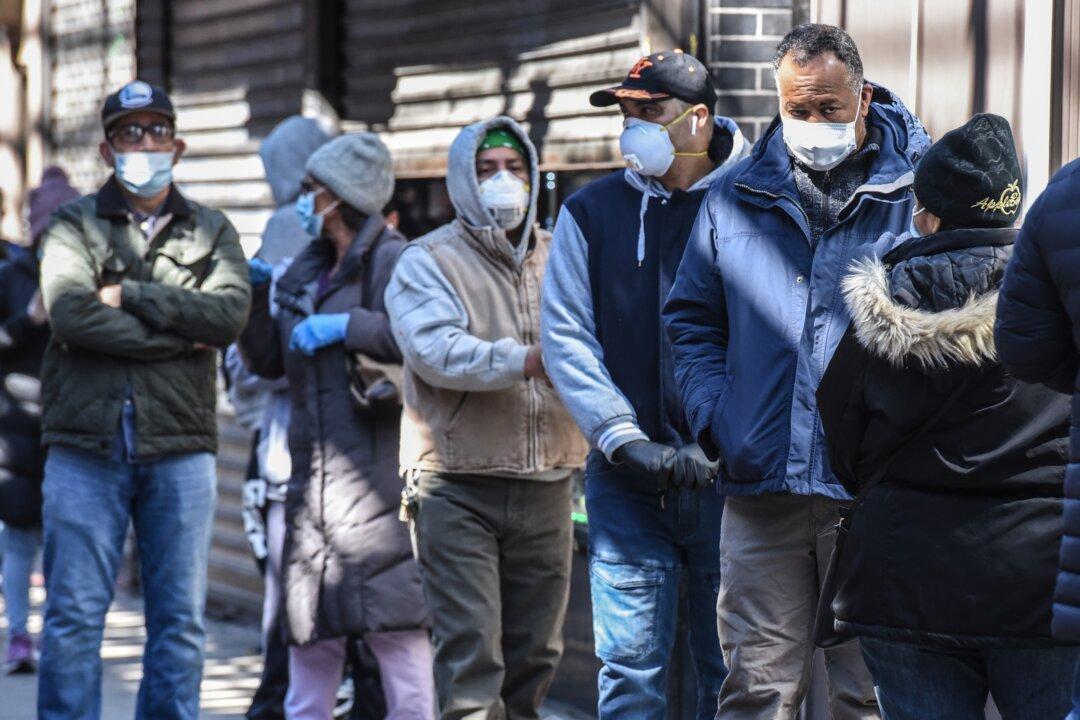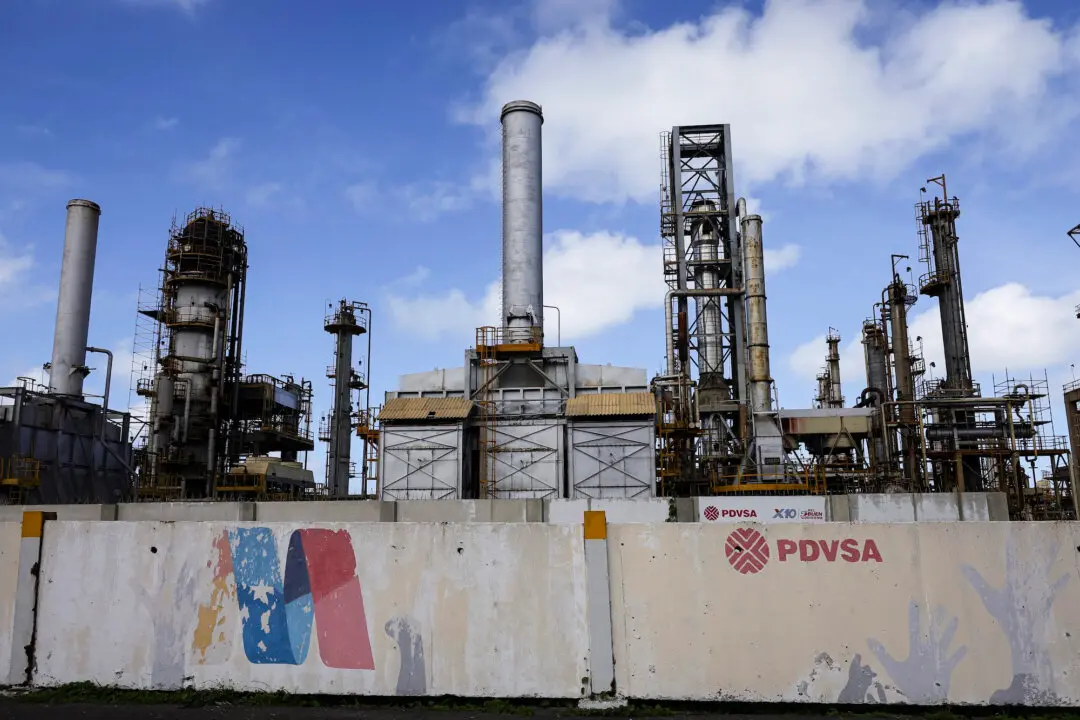More than 4.4 million workers in the United States filed unemployment claims during the week ending April 18, while the seasonally adjusted insured unemployment rate surged to a record high of 11.0 percent, Labor Department figures show.
The data released on April 23 (pdf) shows that the number of people filing initial jobless claims for the week ending April 18 was 4,427,000, while the insured unemployment rate for the week ending April 11 grew by 2.8 percent from the previous week’s rate.





